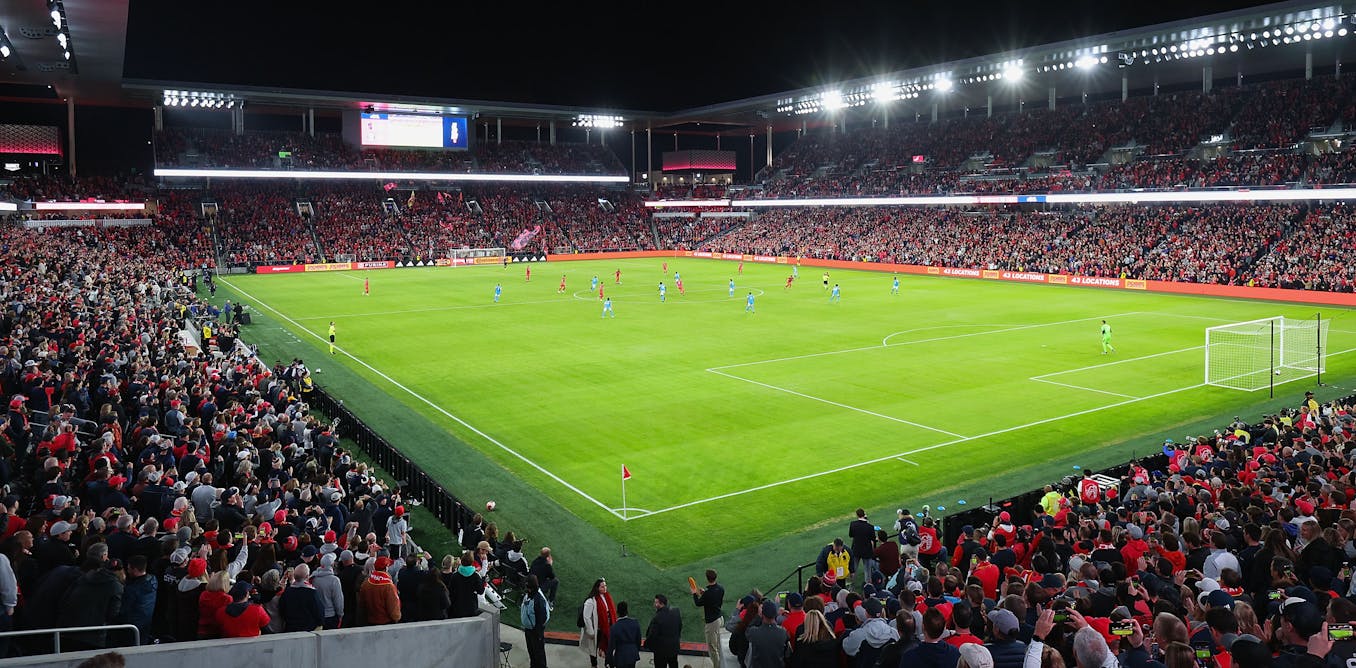Well, we'll see in Oakland if that's true, won't we? And it's not universal--it's about 80%. One thing I doubt the economists take into account is the intangibles. And if they
are correct, I'd like to see real-life case studies to prove it. There are differences, of course. The NFL only has a handful of games a year, so the economic impact is much, much smaller there. Arenas and baseball have a lot more dates. And sometimes the opponents "cheat" in assessments of the cost. One example here in Columbus--a pedestrian bridge was built over the Olentangy River to connect the Olentangy bike trail to downtown. It also gives good access to the new soccer stadium. For that reason opponents of stadium funding claimed that pride as part of the public costs. Only problem was that the bridge was planned a number of years
before the stadium was even an idea. It's quite useful--but really was not a part. So I see the point but am lso a bit skeptical of it.
This article was a good read about St Louis City (MLS)
The newest stadium in St. Louis is a case study in ‘patient capital.’

theconversation.com







